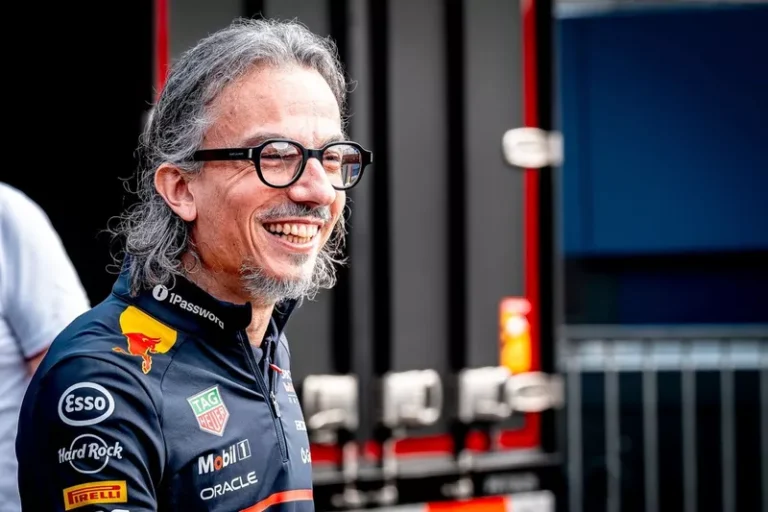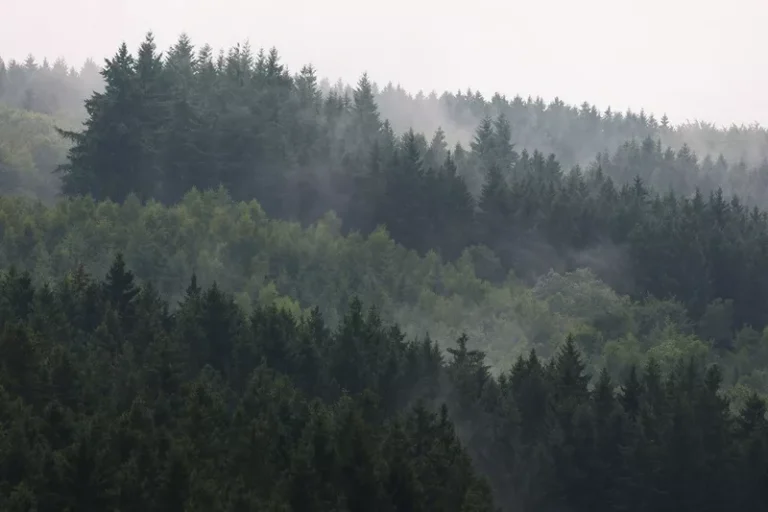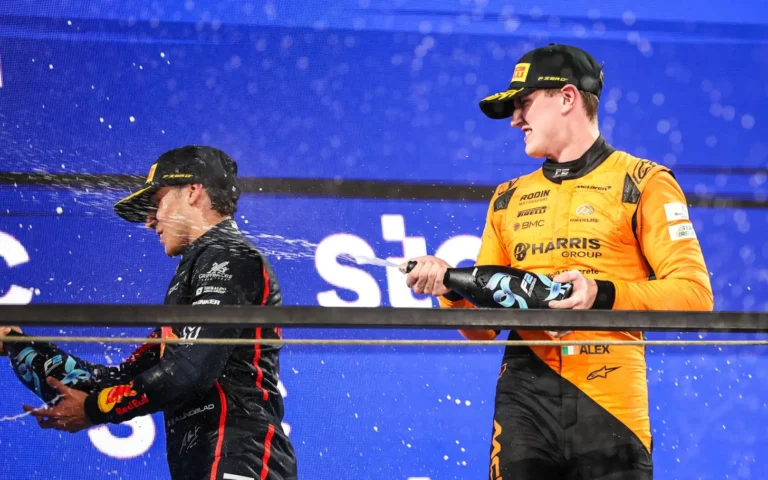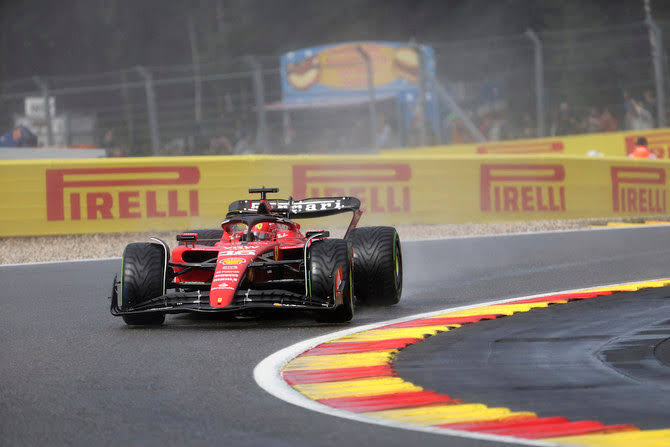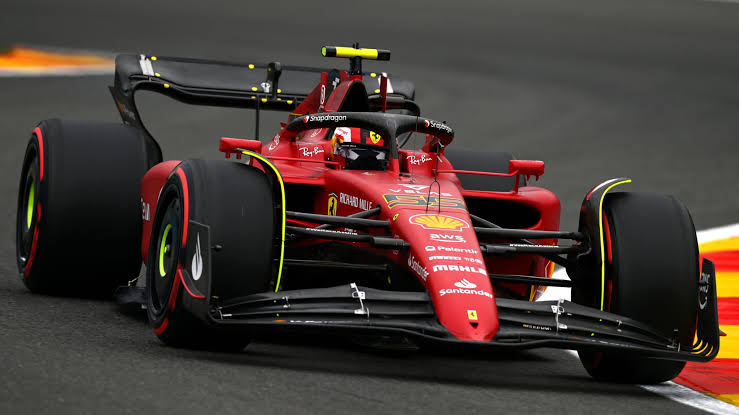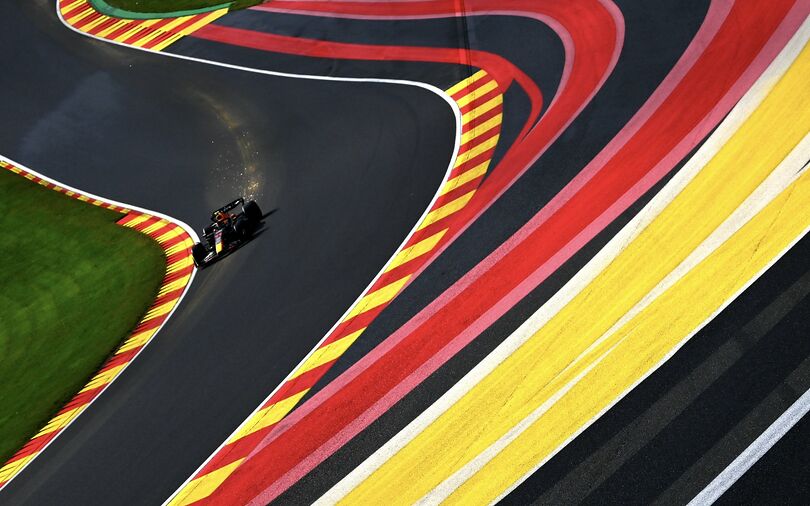
After a two-week summer break, Formula One returns with the Belgian Grand Prix at the iconic Spa-Francorchamps circuit. This race marks a pivotal moment in the season as teams regroup for the second half of the championship. F1Technical’s Balázs Szabó provides a historical and technical preview of the track, originally designed in 1920 by chevalier Jules de Thier to revive pre-WWI racing. The triangular route linking Spa, Malmedy, and Stavelot hosted its first bike race in 1921, while the first Grand Prix for cars was held in 1925. Over the decades, the circuit evolved significantly with layout changes, added safety features, and modernized infrastructure.
Spa’s legendary corners Eau Rouge and Raidillon became global icons due to their steep incline and the skill required to navigate them at speed. Originally part of a longer, more dangerous layout, the track has undergone several major changes for safety and performance, including the removal of the old Bus Stop chicane and shortening the layout to 6.9km in 1979. The current 7.004km configuration blends high-speed stretches with technical corners, making it one of the most beloved circuits among drivers and fans alike.
From the La Source hairpin at Turn 1 to the high-speed Kemmel straight, the track offers a mix of slow, medium, and high-speed challenges. Eau Rouge and Raidillon can now be taken flat-out in modern F1 machinery, but remain tricky, especially with worn tires or wet conditions. The Kemmel straight is crucial for overtaking, especially with DRS assistance, rewarding those who exit Turn 1 with strong traction. The track’s flowing nature tests the car’s balance and the driver’s bravery in corners like Les Combes and Rivage.
The second sector features several technical corners including Rivage, a tricky 180-degree turn, and the double-apex Pouhon which is taken almost flat-out. Here, car setup plays a crucial role as drivers need confidence through medium-speed curves like Fagnes, where downforce and precision matter. The third sector begins at Stavelot and flows into a long flat-out section leading up to the final Bus Stop chicane, where heavy braking and rear-end grip are key to a clean exit.
With Spa being the longest circuit on the F1 calendar, weather can also play a big part, often shifting rapidly and unevenly across the track. This unpredictability, combined with the mix of power and aero demands, makes Spa a unique challenge for teams and drivers alike. As the paddock regroups after the break, all eyes are on performance updates, strategy, and how well drivers can handle the rollercoaster ride that is Spa-Francorchamps.
